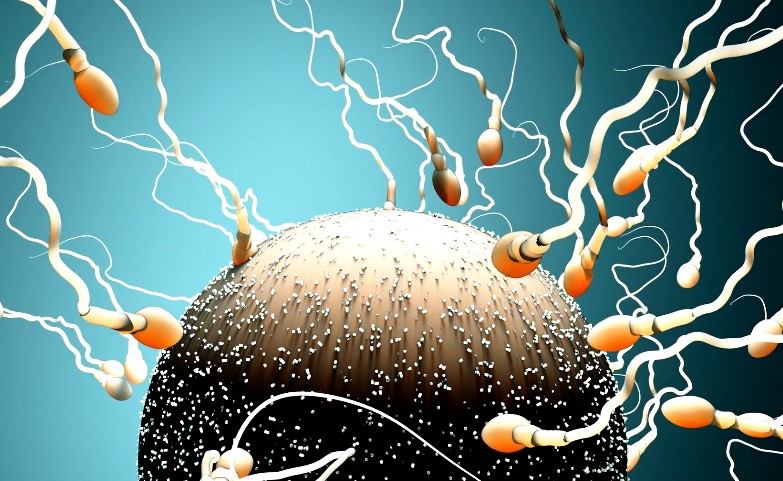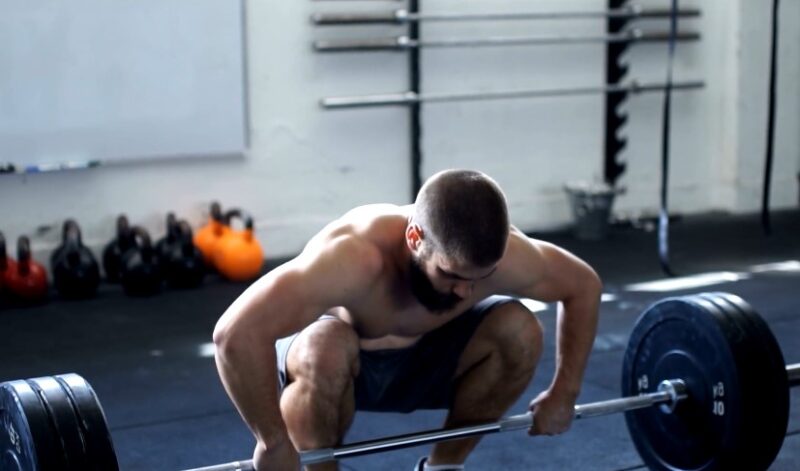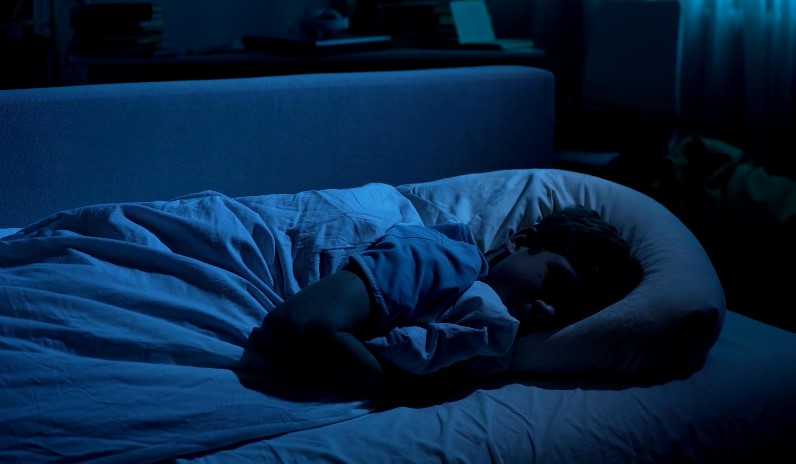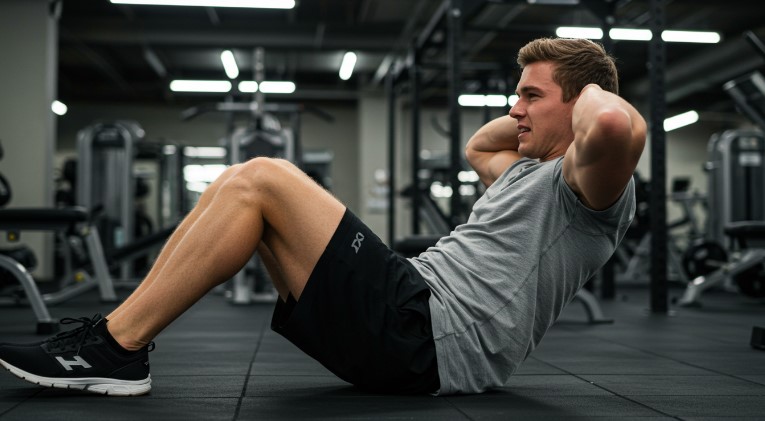We’ve all heard it—regular exercise is good for you. It keeps your heart healthy, boosts your mood, helps you sleep better, and even increases your energy.
But if you’re a guy who’s logging double gym sessions, pounding the pavement for hours a week, or racking up miles on a bike, there’s one question that might not have crossed your mind until now: Is all that effort hurting your chances of having kids?
It’s not the most comfortable question, but it’s an important one. The connection between intense exercise and male fertility is backed by a growing body of scientific research. And the answer isn’t black and white.
So let’s see what we really know, what the science is suggesting, and what you can do if you’re trying to stay fit and fertile.
What Makes Male Fertility Work in the First Place?

To figure out how exercise plays a role, it helps to know what keeps male fertility ticking.
There are three main things that matter:
- Sperm quality: That includes how many sperm you’ve got (concentration), how well they swim (motility), and whether they’re shaped normally (morphology).
- Hormonal balance: Testosterone is the headliner here, but hormones like FSH and LH help regulate sperm production, too.
- Testicular environment: Your testicles are external for a reason—they need to stay a few degrees cooler than the rest of your body. Heat can mess with sperm production.
When any of these systems get thrown off, fertility can take a hit. And intense physical activity has been shown to affect all three.
For couples seeking expert guidance—including comprehensive hormonal and sperm testing—it’s worth contacting the best fertility clinic in the USA to ensure nothing is overlooked.
When Exercise Crosses the Line
Let’s be clear: we’re not talking about a guy hitting the gym a few times a week or going for a weekend run.
We’re talking about sustained, high-intensity physical activity—think competitive cycling, marathon training, or heavy endurance workouts over long periods.
And the science shows a pattern.
Cycling and Sperm Quality
Cycling is one of the most studied exercises when it comes to male fertility—and the results are hard to ignore.
- A study by Marco Rossato and Paweł Jóźków found that men cycling more than 5 hours a week had 34% lower sperm concentrations than those who didn’t cycle.
- In another trial, 16 weeks of intense cycling training dropped sperm count from 255 to 45 million per mL. Normal morphology dipped from 16% to just 9%.
The problem? Prolonged pressure and heat in the groin area. That saddle’s not just rough on your sit bones; it’s heating things up down there and impacting circulation, both of which can disrupt sperm development.
Running (Yes, Even That)
Running seems harmless, but volume matters.
- The same study by Marco Rossato and Paweł Jóźków, men training five times a week at 80% of their VO2 max for 60 weeks saw a drop in sperm density and motility after just 24 weeks.
- Running over 100 km per week for a full year? That also led to noticeable declines in sperm health.
The good news? Once they eased off the gas, their numbers bounced back. So it’s not always permanent.
Altitude and Mountaineering
Living (or training) at high altitudes has its own set of challenges:
- A high-altitude trekking study (Himalayas, “moderate-to-high” altitudes, about 19-day trek) found sperm concentration dropped from ~71 to ~60 million/mL post-trek, then further to ~37 million/mL 70 days later
- Another expedition involving seven climbers reaching ~5,900 m reported lowered sperm concentration and motility, and increased DNA fragmentation, but no precise percentages were given.
A study published on MDPI confirms a significant increase in sperm abnormalities after high-altitude exposure, particularly at elevations from ~3,600 m to 5,900 m
Why Does It Happen?
There are a few key reasons why intense workouts might sabotage fertility.
Testicular Heat Stress
Your testicles are designed to stay cooler than your core temperature. But things like tight clothing, prolonged sitting on a bike seat, or just the internal rise in temperature during a long workout can disrupt that balance—and impair sperm production.
Oxidative Stress
Exercise creates free radicals, especially at high intensity. Your body usually fights them off with antioxidants, but when you go hard too often, that balance tips. The result? Damage to sperm DNA, reduced count, and impaired function.
- A Researchgate study on rats who swam for 3 hours daily over 4 weeks showed shrinkage of seminiferous tubules and lower sperm counts due to oxidative damage.
Hormonal Imbalance
When you’re constantly pushing your body, your brain can start to reduce signals that support reproductive hormones. Some studies show disruptions in FSH, LH, and even prolactin and cortisol levels in high-performing athletes.
Interestingly, testosterone doesn’t always tank, but even subtle shifts in the hormonal axis can interfere with fertility.
What About Weightlifting?

It depends.
- According to Legacy, lifting weights for more than 2 hours a week can increase sperm concentration by about 25%.
- Research published by Navid Abedpoor suggest heavy resistance training (especially paired with anabolic steroids or poor recovery) might lower counts.
It seems like moderate strength training is fine—maybe even beneficial—while extreme regimens could tip the scale the other way.
So… Is It All Bad News?
Not at all. In fact, moderate exercise may be one of the best things you can do for your fertility—especially if you’re overweight, diabetic, or have lifestyle-related fertility issues.
How Moderate Exercise Helps
- HIIT (High-Intensity Interval Training): A 2024 study on 441 infertile men found that 24 weeks of HIIT improved sperm DNA quality. Nearly 13% of partners got pregnant during the study, with over 73% of those pregnancies resulting in live births.
- Recreational Exercise: Men who exercised moderately had better semen volume, count, and motility than sedentary counterparts.
- Short-Term Training: A 4-week moderate training plan (30 minutes, 3 times/week) bumped sperm counts from 240 to 310 million per mL.
So the key might not be intensity—it’s balance.
Why It Works
- Reduces inflammation (a known disruptor of reproductive health).
- Boosts antioxidant capacity in the testes.
- Improves hormone function and insulin sensitivity.
- Helps manage weight, and lower BMI is linked to better sperm quality.
It’s Not One-Size-Fits-All

How exercise affects your fertility depends on:
- Type of exercise: Endurance athletes (think runners, cyclists, mountaineers) tend to see more fertility issues than guys doing strength training or general cardio.
- Volume and frequency: The more hours per week, the higher the risk.
- Your baseline health: If you’re already struggling with fertility, even moderate exercise might help. If you’re an elite athlete, the effects might be different.
- Lifestyle: Diet, sleep, stress, smoking, and alcohol all play a role.
Real-World Numbers to Know
Here’s a quick look at what some of the major studies have found:
| Activity | Impact on Fertility | Details |
| Cycling ≥5 hrs/week | 34% lower sperm concentration | Compared to non-cyclists |
| High-Intensity Running | Decreased sperm quality (density, motility, shape) | Seen after 24 weeks of 80% VO2 max training |
| HIIT (24 weeks) | Improved DNA quality, higher pregnancy rate | 12.8% of partners got pregnant, 73.1% live birth rate |
| Weightlifting | Mixed results—some increase, some decrease | May depend on technique, supplements, or overtraining |
| Mountaineering | Sperm count and motility reduced at high altitudes | Recovered after returning to lower elevations |
How to Stay Fit Without Tanking Fertility

Trying to get in shape and start a family at the same time? It’s doable—you just need to be smart about it.
Practical Tips:
- Stick to 150 minutes/week of moderate-intensity activity, like brisk walking or swimming.
- Avoid prolonged sessions of high-heat or high-impact activity, especially cycling over 5 hours/week.
- Don’t overtrain. Signs like low libido, chronic fatigue, irritability, or mood swings could mean your hormones are off.
- Take breaks. Recovery weeks and seasonal deloads can restore hormonal balance and sperm quality.
- Stay cool. Literally. Let your body return to normal temperature after workouts. Loose-fitting clothing helps, too.
- Eat well, sleep well. Fertility is never just about one thing.
- Talk to a specialist. If you’ve been trying for a while with no luck, don’t guess. Get tested.
Final Thoughts
Yes—intense, high-frequency training can reduce male fertility. It’s been shown to affect sperm count, shape, and motility, often through heat stress, oxidative damage, and hormonal shifts. But that doesn’t mean you have to quit the gym or hang up your running shoes forever.
Moderation is your best friend. If your workouts are part of a healthy lifestyle—not a full-time job—they’re probably helping more than hurting. Especially if you’ve got a few pounds to lose or chronic health issues to manage.
And if you are an endurance athlete or heavy trainer trying to start a family, all is not lost. Many of the negative effects are reversible with rest, smart training, and a little time.
Fertility isn’t just about numbers—it’s about timing, health, and habits. So keep moving, keep your balance, and if you’re unsure where you stand, don’t be afraid to ask for help. You’ve got options, and your goals—both fitness and family—don’t have to be at odds.
Related Posts:
- Top 400 Hilarious Gym Quotes to Keep You Motivated
- How Long Does It Take to Train for a Half Marathon?
- Half Marathon Training Plan for Beginners - Simple…
- 25 Simple Running Motivation Tips To Get You Moving
- How Far Is a Half Marathon? Everything You Need to Know
- 6 Best Running Playlists Music for Every Pace and Mood







